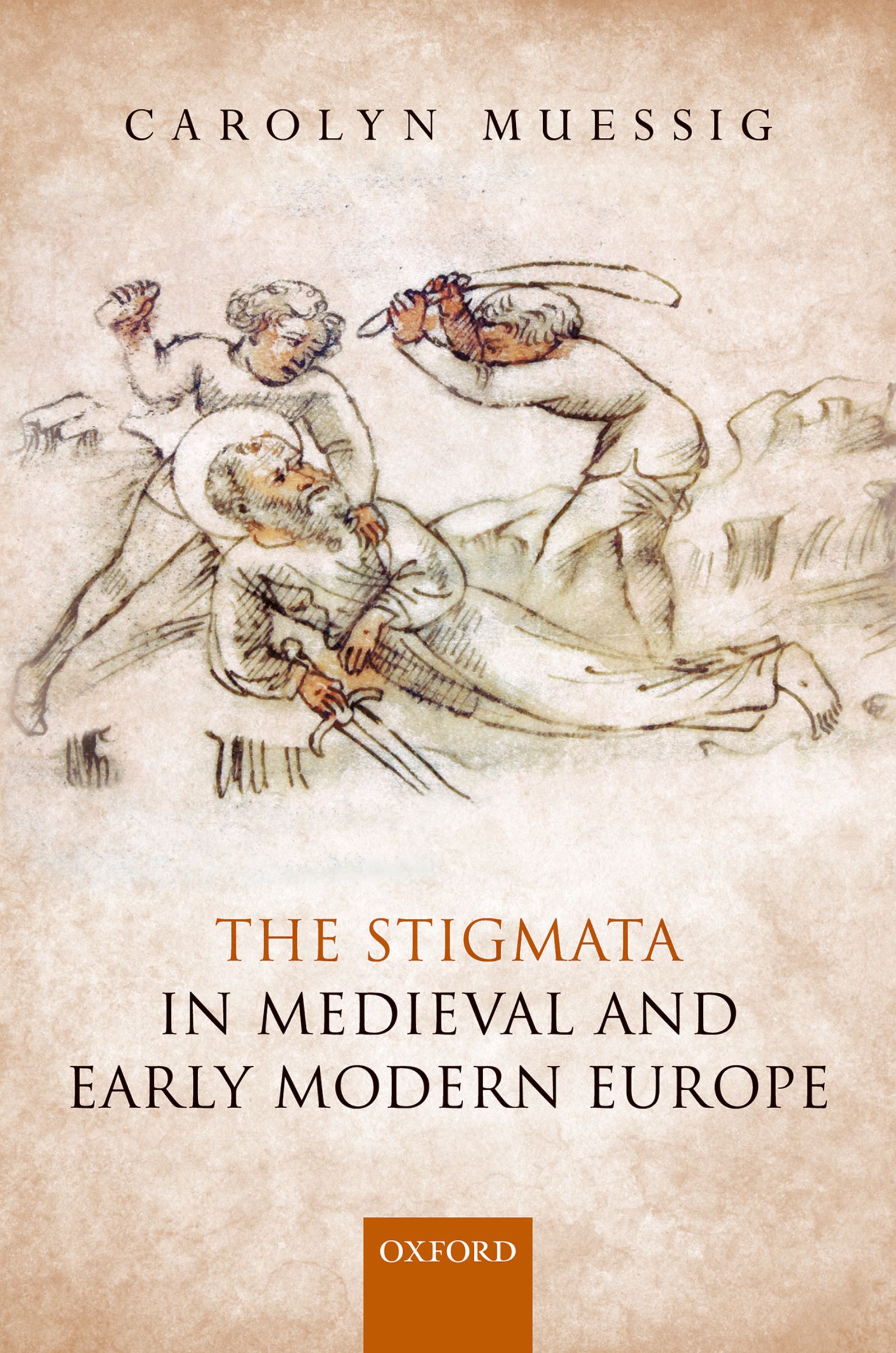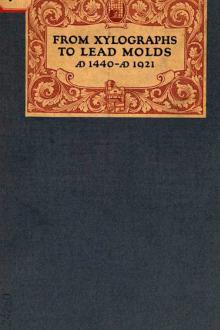The Stigmata in Medieval and Early Modern Europe
by Carolyn Muessig
2020-07-09 01:42:24
The Stigmata in Medieval and Early Modern Europe
by Carolyn Muessig
2020-07-09 01:42:24
Francis of Assisi''s reported reception of the stigmata on Mount La Verna in 1224 is almost universally considered to be the first documented account of an individual miraculously and physically receiving the five wounds of Christ. The early thirteen...
Read more
Francis of Assisi''s reported reception of the stigmata on Mount La Verna in 1224 is almost universally considered to be the first documented account of an individual miraculously and physically receiving the five wounds of Christ. The early thirteenth-century appearance of this miracle,however, is not as unexpected as it first seems. Interpretations of Galatians 6:17--I bear the marks of the Lord Jesus Christ in my body -- had been circulating since the early Middle Ages in biblical commentaries. These works perceived those with the stigmata as metaphorical representations ofmartyrs bearing the marks of persecution in order to spread the teaching of Christ in the face of resistance. By the seventh century, the meaning of Galatians 6:17 had been appropriated by bishops and priests as a sign or mark of Christ that they received invisibly at their ordination. Priests andbishops came to be compared to soldiers of Christ, who bore the brand (stigmata) of God on their bodies, just like Roman soldiers who were branded with the name of their emperor. By the early twelfth century, crusaders were said to bear the actual marks of the passion in death and even sometimes asthey entered into battle.The Stigmata in Medieval and Early Modern Europe traces the birth and evolution of religious stigmata and particularly of stigmatic theology, as understood through the ensemble of theological discussions and devotional practices. Carolyn Muessig assesses the role stigmatics played in medieval andearly modern religious culture, and the way their contemporaries reacted to them. The period studied covers the dominant discourse of stigmatic theology: that is, from Peter Damian''s eleventh-century theological writings to 1630 when the papacy officially recognised the authenticity of Catherine ofSiena''s stigmata.
Less






















.jpg)








